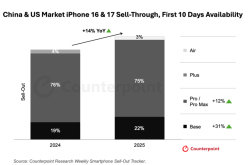Xiaomi 15S Pro Announced: The Rise of "S" Flagships in the Domestic Market
![]() 04/08 2025
04/08 2025
![]() 599
599
The annual update cycle is no longer sufficient.
On April 6, Xiaomi celebrated its 15th anniversary, with co-founder Lin Bin thanking "everyone for their 15 years of support" on Weibo. Amidst the celebrations, Lin Bin also confirmed the existence of Xiaomi's new flagship, the Xiaomi 15S Pro, in the comments section. While this reply was later deleted, screenshots had already spread widely. In fact, as early as March 20th, Wang Le, director of Xiaomi's Application Software Department, had preemptively announced the Xiaomi 15S Pro model through a watermarked photo.
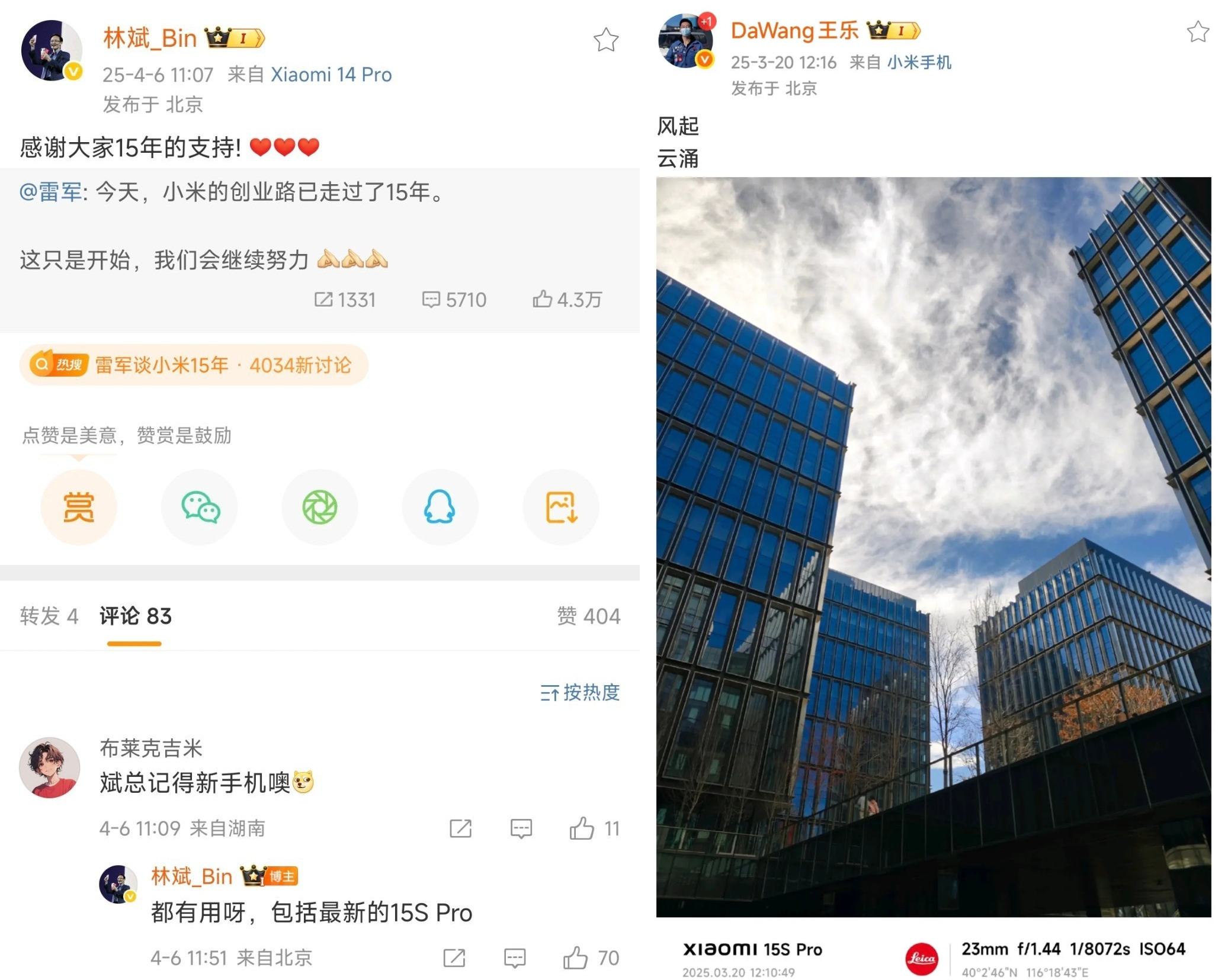
Image/Weibo
According to the China Quality Certification Center, a new Xiaomi phone, model number 25042PN24C, has passed national quality certification, supporting 90W fast charging and ultra-wideband (UWB) radio transmission. Last year's leaks also indicated that the Xiaomi 15S Pro bears the model number "25042PN24C" with the codename "dijun (Di Jun)."
As a half-generation update flagship, the Xiaomi 15S Pro is poised for release this month. However, it also highlights an interesting phenomenon: alongside Xiaomi 15S Pro, OPPO Find X8s/X8s+ will be officially launched on April 10th, and vivo X200s on April 21st. Indeed, this is the April "S War."
This scene is unprecedented. While each brand has previously launched "S" flagships, such as Xiaomi's earlier 1S-5S or Xiaomi 12S, the scale has never been as grand as it is now. Furthermore, according to Zhou Yibao, the product manager of OPPO's Find series, the product update rhythm of the "S" series will be maintained in the future.
But why do all brands favor "S" flagship models? Is Xiaomi 15S Pro a spontaneous decision like Xiaomi 12S, or a formal addition to Xiaomi's flagship lineup?
"S War" intensifies with diverse half-generation updates
This wave of half-generation updated "S" flagships can be traced back to vivo's X90s.
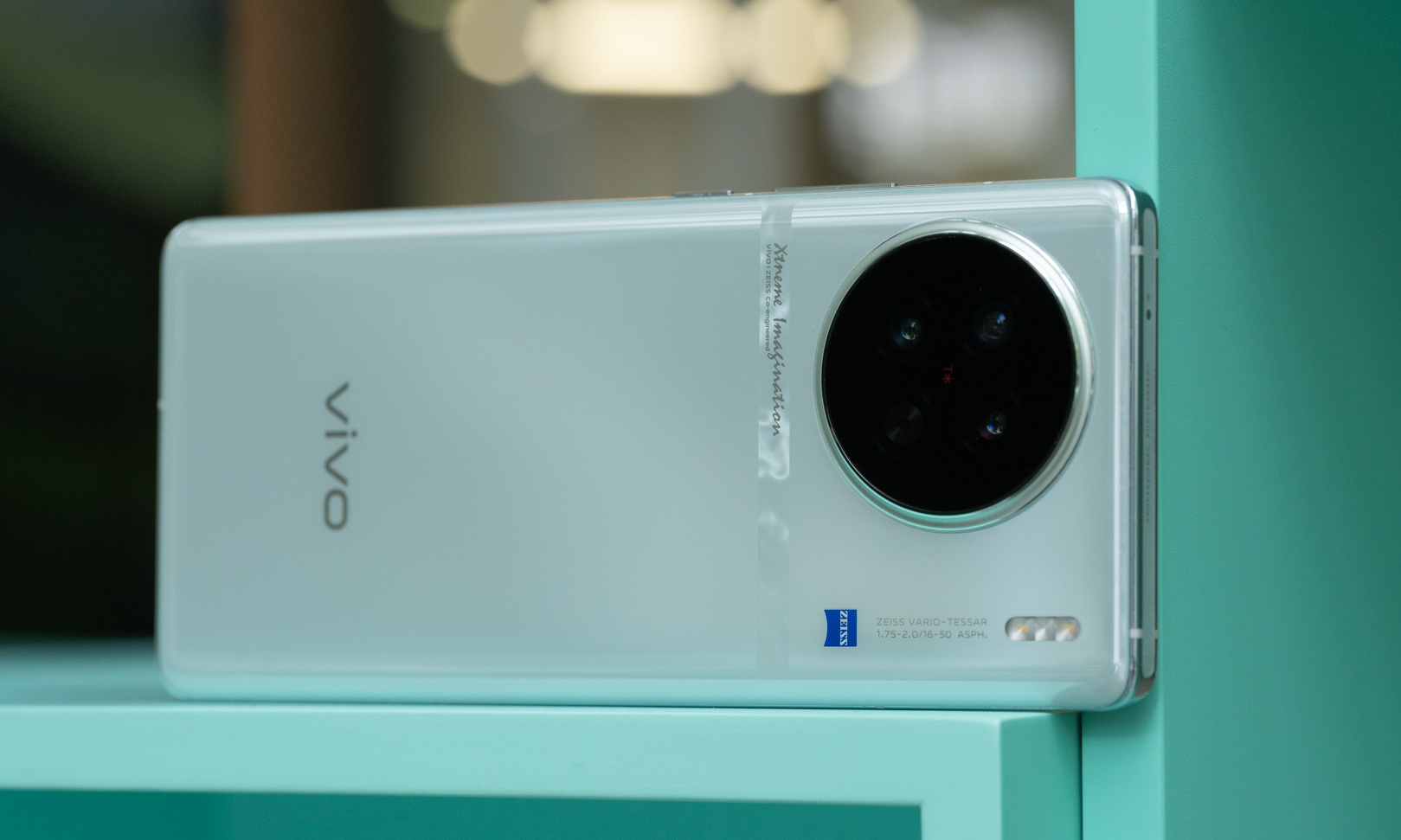
vivo X90s, Image/LeTech
In June 2023, vivo launched the X90s six months after the X90 series. With no design changes, the core update was simply replacing the processor from Dimensity 9200 to Dimensity 9200+. It's no surprise that vivo wrapped up the conference in less than three minutes—announcing the specific price: there was truly nothing else to say.
In contrast, last year's vivo X100s introduced more significant changes, including the Dimensity 9300+ chip, a switch from a curved screen to a flat screen, Deco details aligned with Pro models, and a 100mAh increase in battery capacity.
However, this year's "S" flagships have undergone even greater transformations, with participants not limited to vivo alone. Both OPPO and Xiaomi have also embarked on half-generation upgrades of their flagship products, joining the "S War."
Starting with OPPO Find X8s, set to be released on April 10th, a core change is the smaller size and narrower borders. The screen size has been reduced from 6.6 inches to 6.3 inches, and the borders narrowed from 1.45mm to 1.25mm. Simultaneously, the battery of Find X8s has been slightly increased from 5630mAh to 5700mAh.
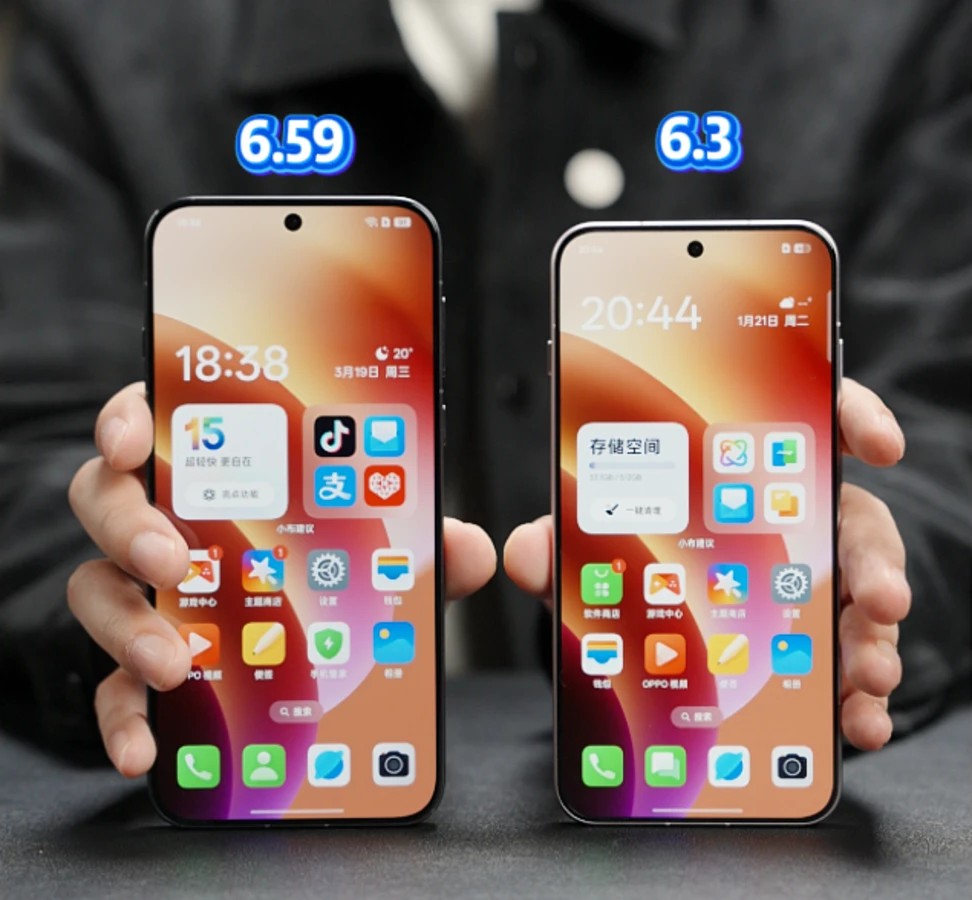
Right is Find X8s, Image/OPPO
Two or three years ago, these changes would have been hailed as groundbreaking. However, with the continuous advancement of silicon-carbon anode battery technology, while still impressive, they are at least within expectations. For instance, the battery capacity of vivo X200s has increased by at least 200mAh without changing the size, and multiple leaks suggest that the battery capacity will be increased to "greater than 6000mAh."
Moreover, according to leaks, vivo X200s will not only switch to a pure flat screen, complementing ultrasonic fingerprint and wireless charging, but also adopt new lens design and algorithms to address previously occurring glare issues.
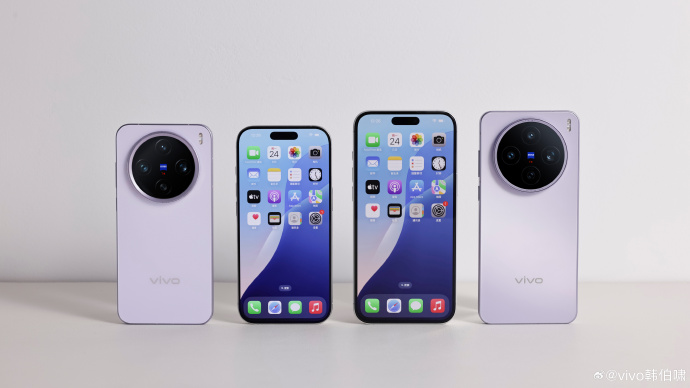
Left is X200s, Image/vivo
Regarding Xiaomi 15S Pro, while most configurations align with Xiaomi 15 Pro, the currently confirmed information primarily includes the integration of UWB, indicating its flagship positioning. Another noteworthy point is that, according to some leaks, Xiaomi 15S Pro will also be the first to feature Xiaomi's self-developed Xuanjie chip. If true, this could be the most noteworthy new phone in the first half of this year.
Regardless, it is certain that this generation of half-generation updated "S" flagships from various brands may be the most compelling in years. Meanwhile, according to Zhou Yibao, OPPO's future product roadmap for the Find series has been divided into updating the main Find X8 series annually in October and the Ultra and S series in April of the following year.
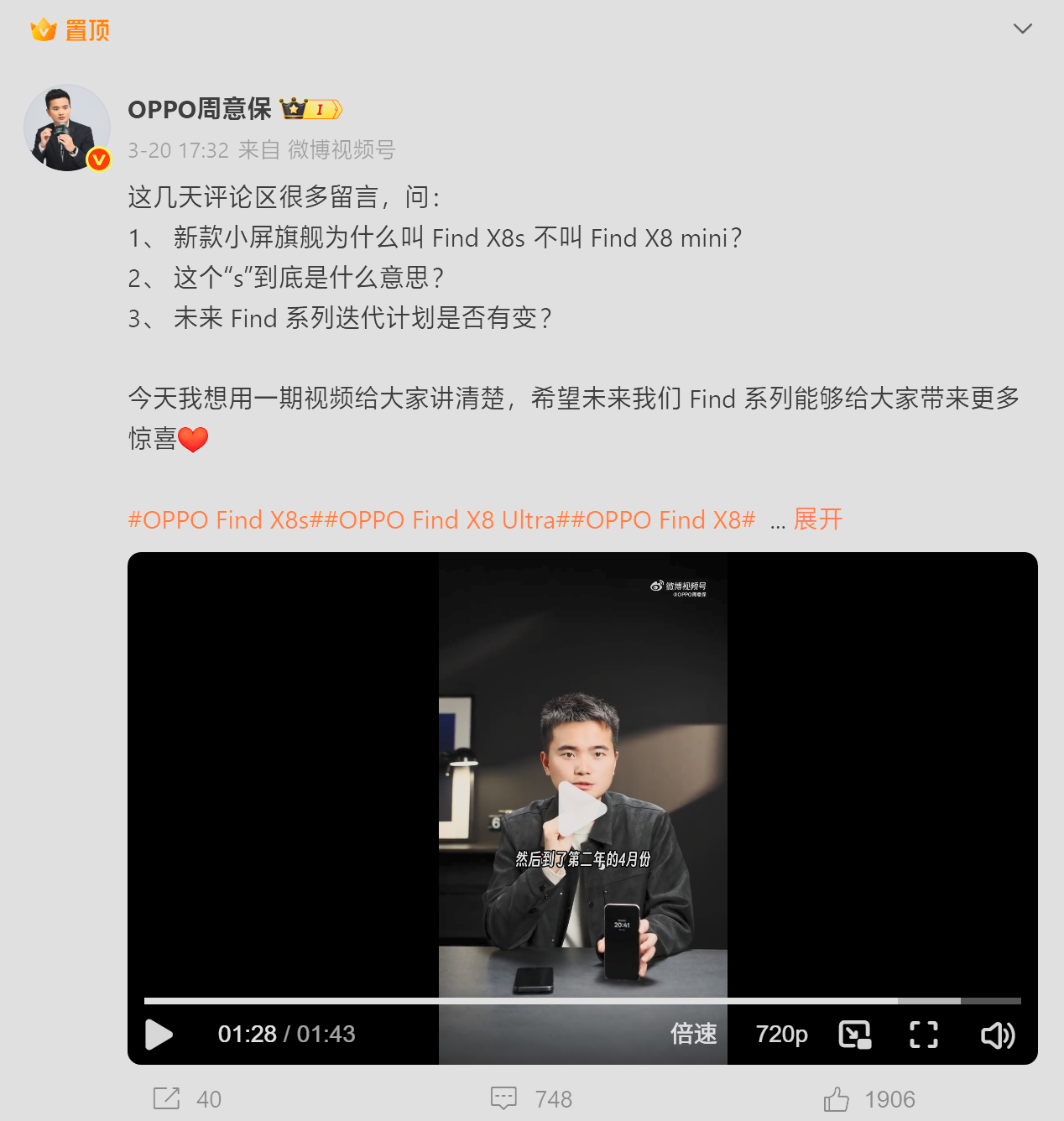
Image/Weibo
This means OPPO will also continue to iterate on "S" flagships like vivo. From the intensity, all brands are upgrading. What about Xiaomi? If it indeed carries the self-developed Xuanjie chip as rumored, then Xiaomi is likely also planning to continuously iterate on "S" flagships, at least to ensure the application and iteration of its self-developed chip. However, if it adopts the Snapdragon 8 Elite or the Snapdragon 8 Elite Plus, it may still need to be observed.
Intriguingly, this product update rhythm and intensity increasingly exceed past half-generation updates, resembling Huawei's Mate series and Pura series, as well as Samsung's Note series (now discontinued) and S series. Of course, there is no sign yet that the three brands are aiming for "true dual flagships." A more likely inference is to continue increasing the intensity of half-generation updates and enhancing the attractiveness of half-generation flagship products.
One update per year is too slow, and the flagship market demands a new rhythm
Changes in product iteration or update rhythm are a result, but they don't explain the reason—why did vivo, OPPO, and Xiaomi unanimously choose to launch half-generation updated "S" flagships this year, with unprecedented intensity?
Focusing on the previous question, when vivo, OPPO, and Xiaomi chose to launch the "S series" this year and attempt to systematize this product rhythm, it was not merely a change in product rhythm but more of a strategic rearrangement.
A key lies in the shifts in user mindset and the market. The average replacement cycle of domestic mobile phone users has long been extended to 30 months or even longer. Users' overall demand for "renewal" has weakened, but the incentive for a significant number of users to "renew" stems from more innovative features and ultimate experiences.
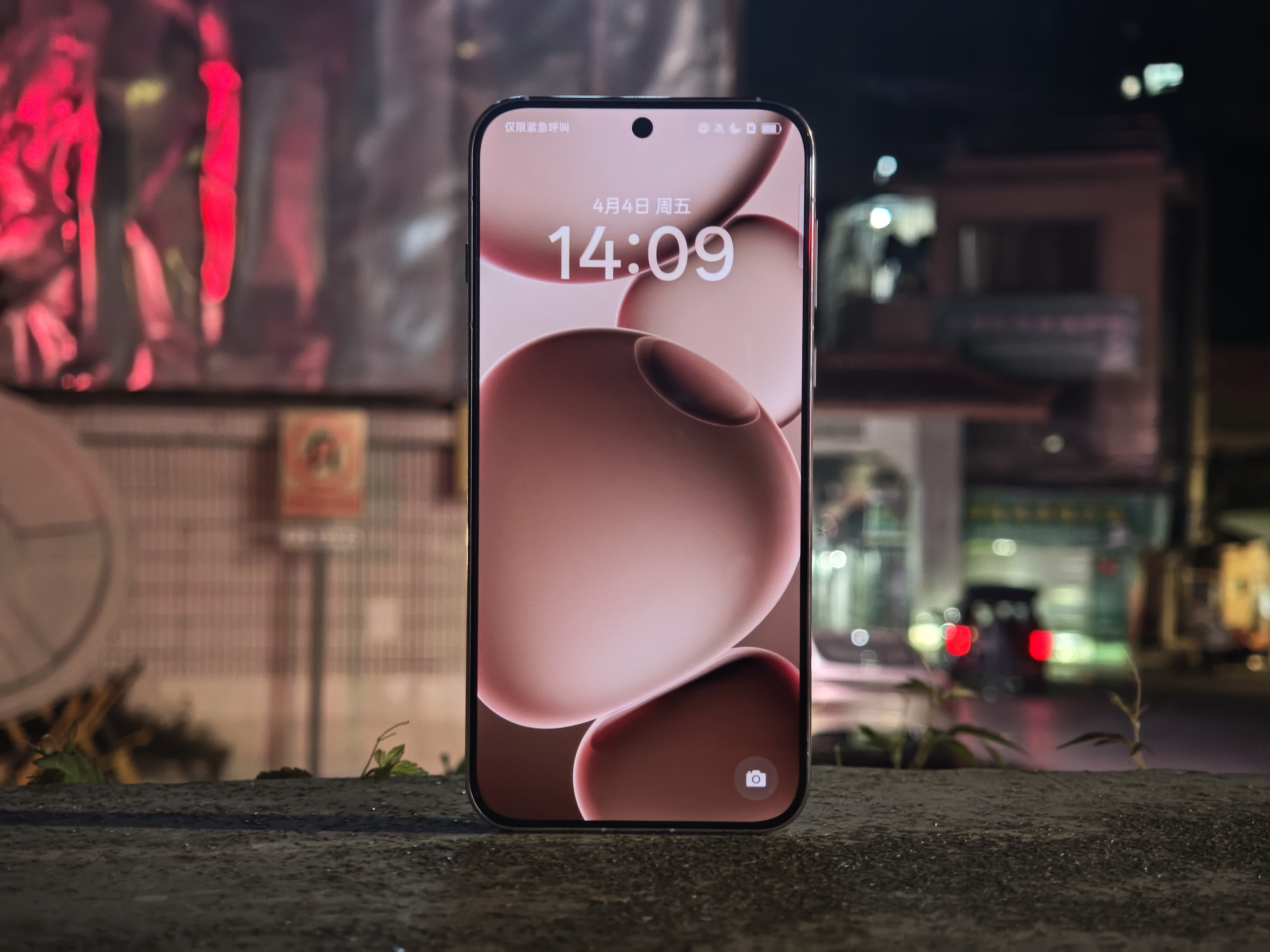
Find X8s+, Image/LeTech
As a half-generation updated product, the "S" flagship does not bear the full weight of product image like the main flagship, with its heavy pressure and high pricing. Instead, it can reuse existing configurations, designs, and production lines to leverage a portion of high-net-worth users' short-term replacement demand at a lower cost.
Simultaneously, market competition has never lessened and has even intensified. Especially in the domestic high-end mobile phone market, competition among brands is even fiercer. If domestic manufacturers still adhere to the product rhythm of "one flagship per year," they may easily be marginalized in terms of promotion and influence.
On the other hand, the past rhythm of "one flagship per year" was indeed too slow. Once upon a time, it was not embarrassing for a flagship to last a year, and users were accustomed to this rhythm. But now, not only is the pace of market competition accelerating, but the update rhythm of technologies such as batteries, screens, and imaging is also speeding up. Not introducing new products means falling behind, and it becomes difficult to maintain momentum in terms of influence and sales trends after half a year.
From a product perspective, after "exhausting all possible upgrades" on the main flagship, manufacturers often leave room for further upgrades—to strike again with a "retreat" six months later. The "S" flagship itself fits perfectly into this gap: the main flagship still has to wait for the SoC launch cycle in the second half of the year, while the middle of the year is also a window period for each brand to adjust product focus and roll out new features.

Find X8s, Image/OPPO
The rapid iteration of silicon-carbon anode battery technology is the best proof. Both OPPO Find X8s and vivo X200s can more timely adopt newer technologies, fitting considerable battery capacity into smaller body sizes or directly incorporating larger-capacity batteries. Simultaneously, new designs and technologies may also pose market risks, and attempts on half-generation flagships can pave the way for the application of main flagships.
Compared to releasing all features at once, the rhythm of "releasing in two installments" is clearly more conducive to market testing and rhythm control, and it is also more beneficial for manufacturers to regain visibility in the second wave of promotion. In simpler terms, the "S" flagship is a way for brands to reactivate consumption enthusiasm for flagship phones with lower R&D costs and faster delivery cycles, without fully betting on the next technological node.
Overall, the collective emergence of "S flagships" is not a hasty operation but a controlled, low-risk, high-topic flagship strategy found by brands in response to intensified market competition, weakened user replacement motivation, and technological evolution. This is not only an "upgrade" for flagships but also a "complement" to the flagship product line.
Source: LeTech



